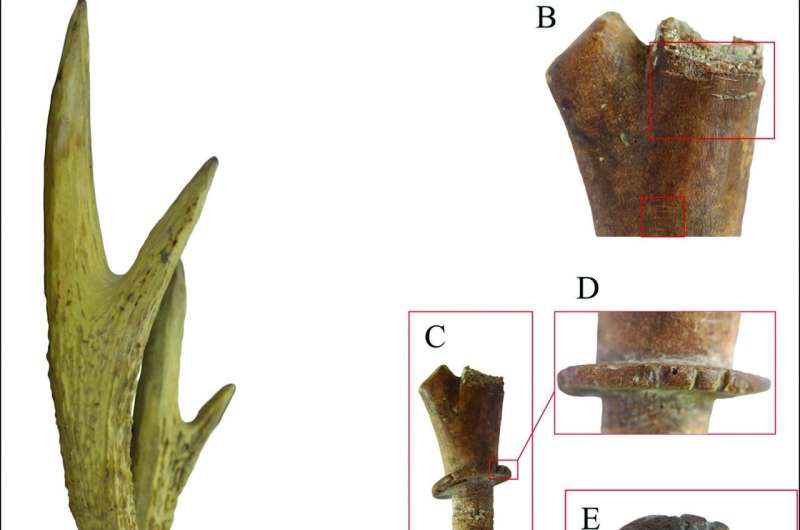In southern Vietnam, researchers have discovered and analyzed archaeological evidence of an ancient stringed instrument made from deer antler. Fredeliza Campos, a Ph.D. candidate at The Australian National University (ANU), stated that the artifact is at least 2,000 years old and dates back to Vietnam's pre-c Eo culture in the Mekong River.
Ms. Campos stated, "This stringed instrument, or chordophone, is one of the earliest specimens of this instrument type in Southeast Asia."
"It bridges the gap between the region's earliest known musical instruments, such as lithophones and stone percussion plates, and more contemporary instruments.

"It would have been approximately 35 centimeters long and featured a hole at one end for a tuning peg. It also included what appears to be a bridge for string support.
"There is no other plausible rationale for its use." Ms. Campos and her collaborators, Vng Thu Hng of the Long An Museum in Vietnam and Jennifer Hull of the Australian National University, investigated over 600 bone items.
Ms. Hull stated, "We were unable to locate anything even somewhat comparable to the size and shape of the deer antler."

This also suggests that the objects were created by specialists who are likely themselves musicians.
The objects were discovered in the archaeological site of G Chùa in the southern Vietnamese province of Long An. Also discovered were three identical bronze bells that were most likely part of a funeral.
"It has been shown without a reasonable doubt that music played an essential part in the early cultures of this region. The striking parallels between the antiques we researched and contemporary stringed instruments show that traditional Vietnamese music has prehistoric roots "Ms. Campos remarked.
It is unknown how the instrument may have been played or what sounds it may have produced, but Ms. Campos speculates that the techniques may have been comparable to those used with contemporary Vietnamese musical instruments such as the K'n. "The K'n is a bowed instrument with a single string that is manipulated by the player's mouth, which also serves as a resonator. It can produce a greater variety of sounds and tones than a typical piano's chromatic scale "Ms. Campos added.
Sambar deer, a subspecies of the Indian hog deer found to mainland Southeast Asia, undoubtedly supplied the antlers used to build the instrument. This study has been published in the journal Antiquity.
More information: Fredeliza Z. Campos et al, In search of a musical past: evidence for early chordophones from Vietnam, Antiquity (2023). DOI: 10.15184/aqy.2022.170
Journal information: Antiquity



















